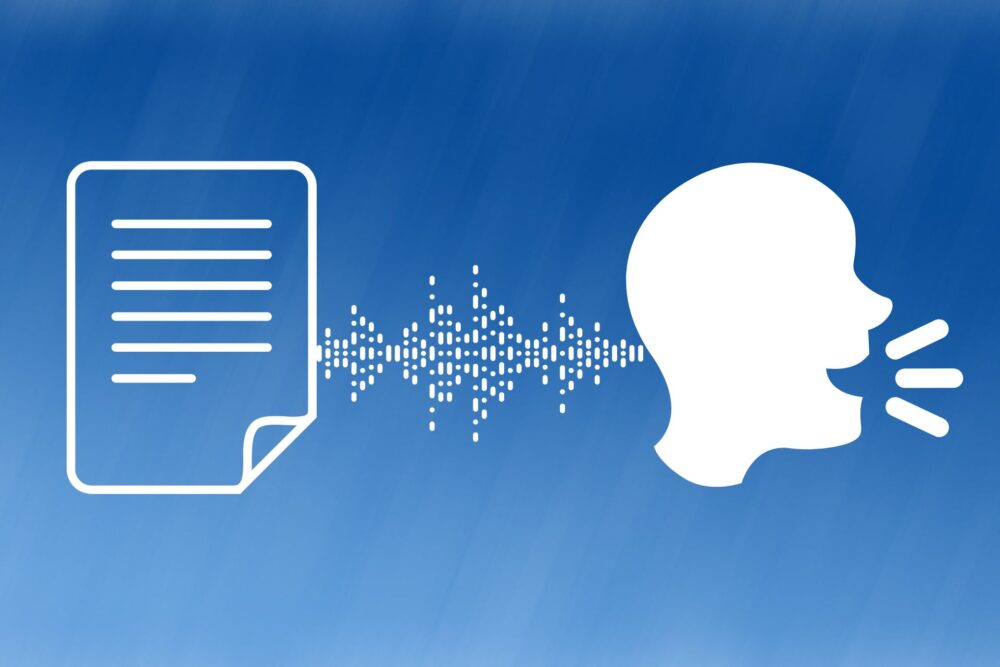With tools like ElevenLabs and Murf, creating high-quality AI-generated voiceovers has never been easier. Whether you’re turning blog posts into podcasts, building YouTube explainers, or automating training modules, these platforms let you create natural-sounding voiceovers with just a script and a few clicks. But what if your script includes something pulled from a court case?
That’s where things get murky. Especially when the court record you used was public at the time—but later sealed or removed from the source, like PACER or PacerMonitor.
ElevenLabs vs. Murf: Fast, Powerful, and Getting Smarter
First, a quick primer. ElevenLabs has gained traction for its ultra-realistic AI voices and advanced cloning capabilities. It’s especially popular among content creators looking to replicate a natural human cadence. Murf, on the other hand, leans more toward commercial use, with features tailored for business presentations, e-learning, and branded videos.
Both tools can turn written content into voiceovers within minutes. The appeal is obvious—no hiring voice actors, no expensive studio sessions, and no need to re-record if you make a typo. But when your script is built on sensitive or outdated material, especially from court records, you need to pause before pressing publish.
Can You Use Public Court Records in Content?
Generally, yes. If a court case is filed and becomes a matter of public record, it’s legally accessible and, in most cases, can be quoted, summarized, or referenced—whether in written, audio, or video form. That’s why websites like PacerMonitor, Justia, and CourtListener exist. They pull from public databases and serve up information for journalists, researchers, and everyday users.
But the fact that something was public doesn’t mean it stays that way.
What If the Court Record Is Removed or Sealed Later?
This is the gray area that trips people up. Say you transcribe a legal complaint or summary from PacerMonitor in January. You use ElevenLabs to narrate it and upload it as a podcast episode or YouTube video. Three months later, that same record is sealed or removed from the original site—maybe due to a court order, a settlement, or a privacy request.
Now what?
The short answer: you might still be in the clear, but it depends on how you used the material and whether your content could cause harm or violate a legal order. If your voiceover includes factual summaries of now-sealed public records, that’s usually protected under fair use and freedom of expression. But if it republishes direct excerpts or personal identifiers that were later restricted, that’s where legal risk can creep in.
And that brings up a question we get asked often:
Can you remove a court record from PacerMonitor after it has been sealed—and what happens if that info was already used in content?
Once a court record is sealed, it should no longer be accessible through public platforms like PacerMonitor or Justia. However, any content that was created using the record while it was public may still live on—blogs, podcasts, YouTube videos, AI voiceovers. That’s where reputational issues start showing up.
While the content may not be illegal, it can be problematic—especially if the subject of the case contacts you, your platform, or your hosting provider. In some cases, it’s wise to voluntarily update or remove content, especially if the information no longer reflects the public status of the case or was used in a way that could be seen as defamatory.
“People forget that once something is public—like a court record or complaint—it can spread across platforms fast, especially in the travel and hospitality space where reputations matter,” says Brad Hinkelman. “Even if a record gets sealed or removed later, the impact lingers. That’s why we’re proactive about monitoring online mentions and understanding how legal content can shape perception.”
What You Can (and Should) Do
If you’re using AI tools like Murf or ElevenLabs to generate voiceovers based on legal content, here are a few best practices:
- Double-check the current status of your source. Court records can change. A public filing today may be sealed tomorrow.
- Avoid personal identifiers. If the record includes full names, addresses, or contact info—leave it out.
- Use summaries, not direct quotes. Paraphrasing is safer, especially when dealing with sensitive material.
- Track your sources and timestamps. If someone questions the origin of your content, it helps to have a clear record of when and where you accessed the material.
And if you’re ever contacted about content based on a now-sealed case, it’s worth revisiting what you’ve published—especially if it’s been indexed by search engines. Many people now use services to remove a court record from PacerMonitor or similar platforms. If that same record lives on in your AI-generated voiceovers, you’re now part of a much bigger privacy equation.
AI voice tools like ElevenLabs and Murf are changing the way we share stories, news, and legal commentary. But just because you can turn a court case into a podcast doesn’t always mean you should—at least not without a little legal and ethical consideration.
If you’re working with legal content, treat it like you would a sharp kitchen knife: incredibly useful, but best handled with care.
Explore Textify’s AI membership
Need Data? Explore the world’s largest Charts database
Explore insights with Textify Analytics
